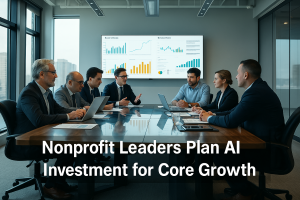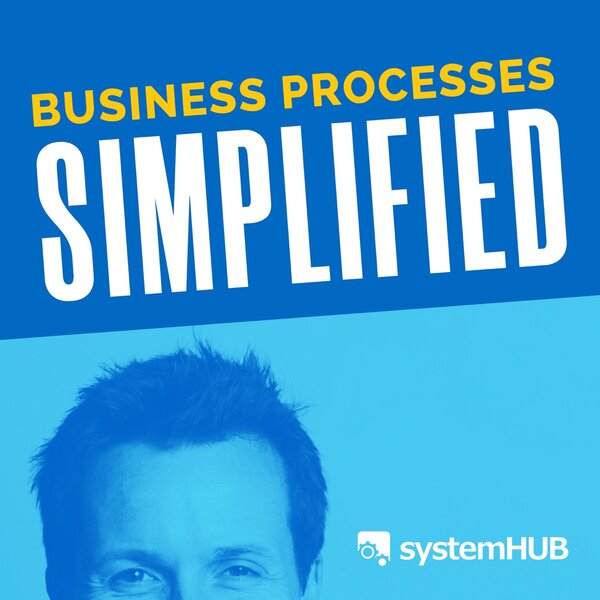
What Role Can AI Play in the Future of Nonprofits?
Artificial Intelligence is no longer reserved for tech giants and private enterprise—nonprofits are beginning to see it as a transformative tool for impact, efficiency, and mission growth.
Strategic AI adoption could help organizations boost engagement, improve access to services, and allocate resources more effectively.
Find out how...
Strategic AI Adoption Is Gaining Momentum in the Nonprofit Sector
A report by Salesforce found that 74% of nonprofit professionals believe digital transformation—including AI—will significantly improve how they achieve their missions. Nonprofits are moving beyond exploration and beginning to implement AI for real-world use cases.
From automating back-office tasks to improving donor outreach, many organizations are now developing intentional AI strategies, supported by clearer budgets and leadership buy-in.
What Would an AI-Enhanced Nonprofit Look Like?
AI’s potential for nonprofits is as broad as it is impactful. Think of it as the next wave of digital transformation—similar to how the internet revolutionized fundraising and awareness.
AI integration can support:
Streamlining Operations: Automating donor data entry, volunteer scheduling, or grant tracking helps reduce admin work so teams can focus on mission-critical tasks.
Personalizing Outreach: AI-driven tools like predictive analytics or engagement scoring help nonprofits send the right message to the right supporter—leading to higher engagement and donor retention.
Improving Decision-Making: AI can help analyze large datasets—like community feedback or service delivery data—to guide strategy and program design.
Enhancing Service Delivery: Chatbots or AI assistants can answer FAQs, guide people through online applications, or even help triage support requests in high-demand situations.
Navigating the Challenges of AI Integration
Despite its promise, AI adoption isn’t always easy.
Cost remains a concern—especially for smaller nonprofits. Custom AI solutions can be expensive to develop, and many teams lack the technical skills to deploy them effectively.
There are also ethical and data privacy considerations. Nonprofits must be transparent about how they use data and ensure AI systems are equitable and accessible.
Fortunately, open-source tools and nonprofit-specific platforms are emerging to bridge the gap. Many organizations start small—by using AI-powered tools already built into their CRM or email systems—and scale from there.
Looking Ahead: AI as a Force Multiplier for Mission-Driven Work
It’s still early days, but nonprofits are recognizing AI’s potential to increase reach, reduce friction, and deepen impact.
With thoughtful planning, investment, and a people-first approach, AI can help nonprofit teams do what they do best—serve communities and change lives.










